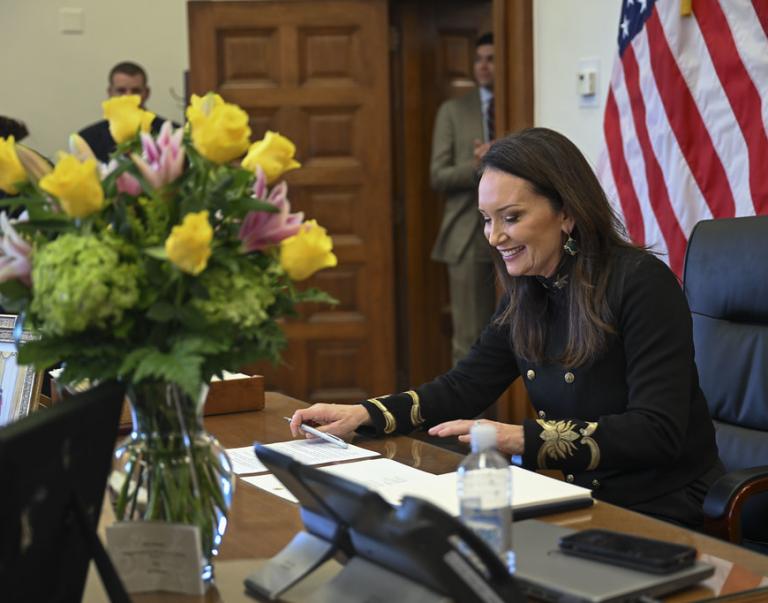
Disaster can strike at anytime and any place. You might live in a region of the country that already has experienced some form of extreme weather event, such as wildfires, extreme cold and snow, or obstructive tornadoes, to name a few.
All of these events result in power outages for hundreds of thousands of households and communities, and as you know, no power can compromise food safety. The temperature and sanitation of food storage areas is crucial to preventing bacterial growth, and severe weather and other emergencies can compromise this. Knowing what to do in these instances can minimize the need to throw away food and the risk of getting sick.
September is National Preparedness Month which is a coordinated national awareness campaign to get you, your family and your community thinking about how to respond in the event of a disaster or other emergency. The USDA’s Food Safety and Inspection Service would like to help you with planning and keeping your food safe in case hurricanes, flooding, fires, power outages and other emergencies threaten storage conditions.
Before the Power Goes Out (if there’s time)
- Keep an appliance thermometer in the refrigerator and freezer. The refrigerator temperature should remain 40 °F or lower, and the freezer should be 0 °F or lower.
- Store food on shelves that will be safely out of the way of contaminated water in case of flooding.
- Freeze refrigerated items such as leftovers, milk and fresh meat and poultry that you may not need immediately – this helps keep them at a safe temperature longer.
- Have coolers and frozen gel packs on hand to keep refrigerator food cold if the power will be out for more than 4 hours.
- Purchase or make ice and store in the freezer for use in the refrigerator or in a cooler.
When the Power Goes Out
- Keep refrigerator and freezer doors closed as much as possible.
- A refrigerator will keep food cold for about 4 hours if you keep the door closed.
- A full freezer will keep its temperature for about 48 hours (24 hours if half-full).
- If the power is out for an extended period of time, buy dry or block ice to keep the refrigerator as cold as possible. Fifty pounds of dry ice should keep a fully-stocked 18-cubic-feet freezer cold for two days.
After the Power Returns
- When the power comes back on, you will have to evaluate each item separately. When in doubt, throw it out. These charts help you evaluate specific foods:
- With frozen food, check for ice crystals. The food in your freezer that partially or completely thaws may be safely refrozen if it still contains ice crystals or is 40 °F or below.
- Discard any food that has an unusual odor, color, or texture, or feels warm to the touch.
- Never taste a food to determine its safety.
If you have questions about the safety of your food as a result of weather damage and power outages, please call the USDA Meat and Poultry Hotline at 1-888-MPHotline (1-888-674-6854) or chat live with a food safety specialist at AskKaren.gov, available from 10 a.m. to 4 p.m. ET, Monday through Friday, in English or Spanish.
FSIS posts food safety tips during severe weather on Twitter,@USDAFoodSafety, and on Facebook, at Facebook.com/FoodSafety.gov.
For more information about food safety in an emergency, visit:
- A Consumer’s Guide to Food Safety: Severe Storms and Hurricanes (a manual covering all power outage related food safety topics)
- Food Safety During a Power Outage (60 section video)
- In an Emergency (gateway to all federal food safety resources)



